Canon RF 24-50mm F4.5-6.3 IS STM Review

Introduction
The Canon RF 24-50mm F4.5-6.3 IS STM is an affordable standard zoom lens for Canon RF-mount 35mm full-frame mirrorless cameras that won't break the bank.
It features 8 elements in 8 groups, including two aspherical elements to help control chromatic aberrations and distortion, a Super Spectra Coating to reduce flare and ghosting and a 7 blade diaphragm which creates an attractive blur to the out-of-focus areas of the image.
The Optical Image Stabilizer provides up to 4.5 stops of compensation, increasing up to 7 stops when used with certain EOS R camera bodies which have an In-Body Image Stabilizer (IBIS).
It offers a minimum focusing distance of 30cm / 11.8" and a maximum magnification ratio of 0.19x, whilst using cost effective 58mm filters.
Perfect for family groups, portraits, interiors and travel, the Canon RF 24-50mm F4.5-6.3 IS STM lens is available now priced at £359.99 / $299 in the UK and the US, respectively. It is made in Taiwan.
Ease of Use
Weighing in at just 210g / 7.4 ounces and measuring 9.4cm / 3.7" in length, the RF 24-50mm F4.5-6.3 IS STM is a small and very light standard zoom lens.
It's barely noticeable when used with a mid-sized camera body like the Canon EOS R8 body that we tested it with, as shown in the product photos.


Build quality is good for such an affordable lens. Despite its mostly plastic construction, the RF 24-50mm F4.5-6.3 IS STM feels solid enough in your hand, and it commendably has a metal mount.
The lens barrel extends by an additional 1cm when the focal length is set to 24mm, being shortest at the 50mm focal length.

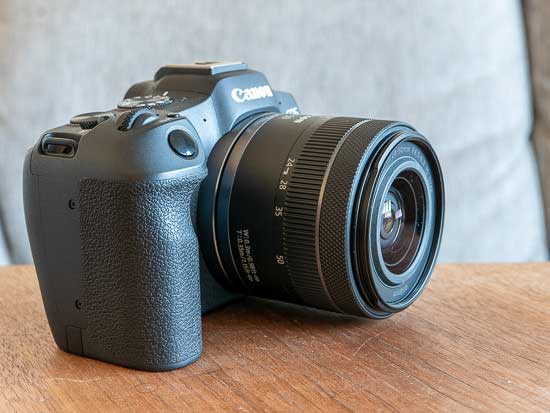
Note that this lens does not have a weather-resistant design to help protect it against dust and moisture.
There is an optical image stabilizer built-in to this lens, though, which can be turned On and Off using the dedicated switch on the side of the lens barrel.
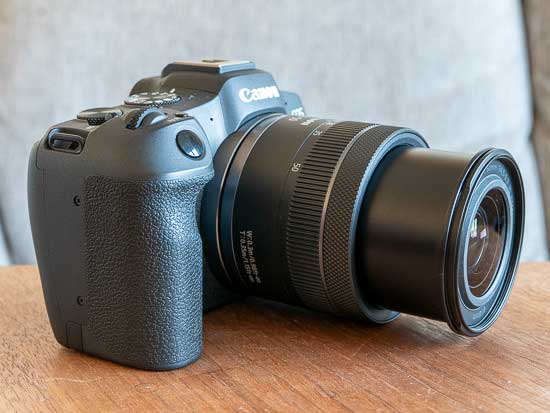

This offers up to 4.5-stops of protection against blur from camera shake, increasing to 7 stops when paired with an EOS R camera body that has IBIS, like the EOS R8 that we tested the lens with.
If you're not using the focusing ring for manual focusing, you can change its operation to be the Lens Control Ring instead via the dedicated Focus/Control switch on the side of the lens barrel.

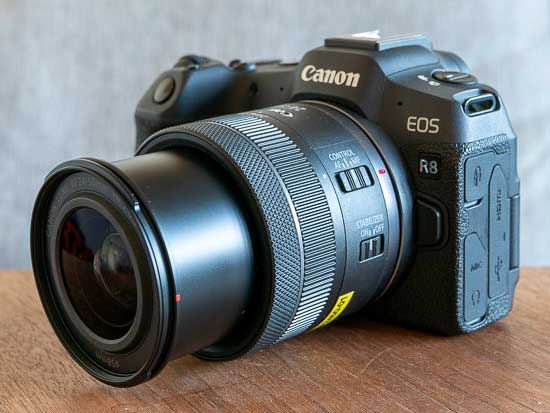
In this Control setting, the ring can be used to control certain key camera settings (TV, AV, ISO and exposure settings) instead of the focusing.
The Canon RF 24-50mm F4.5-6.3 IS STM lens has a fairly narrow fly-by-wire focus ring with a ridged grip band.
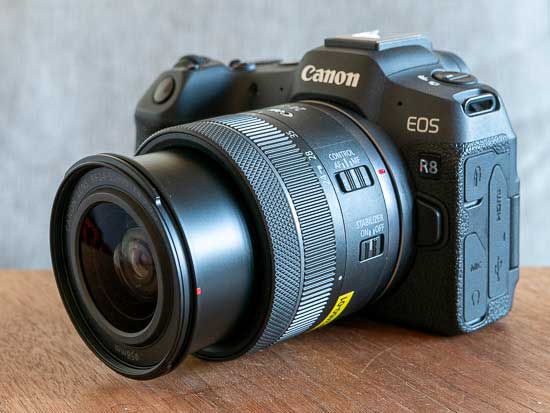

There are no hard stops at either ends of the range, making it more difficult to set focus at infinity.
Note that this lens usefully offers full-time manual focusing even when AF is selected.

In use the manual focusing system is virtually silent, which makes it suitable for both recording video and shooting stills.
Polariser users should be pleased that the sensible 58mm filter thread doesn't rotate on focus.


When it comes to auto-focusing, the RF 24-50mm F4.5-6.3 IS STM is a snappy performer thanks to the STM motor, taking around 0.10 seconds to lock onto the subject when mounted on the Canon EOS R8 camera.
We didn't experience very much "hunting" at all, either in good or bad light, with the lens accurately focusing virtually all of the time, thanks to the superb low-light capabilities of the EOS R cameras.


The STM motor is also virtually silent in AF mode, which makes this lens well-suited to auto-focusing during video recording.
There is a petal shaped lens hood (EW-63C) and a soft case (LP1014) available for this lens, but disappointingly both are rather pricey optional extras that aren't included in the box.







Focal Range
The Canon RF 24-50mm F4.5-6.3 IS STM's focal length of 24mm provides an angle of view of 84°.

24mm
The focal length of 50mm provides an angle of view of 46°.

50mm
Chromatic Aberrations
Chromatic aberrations, typically seen as blue or purple fringes along contrasty edges, were not especially apparent in our test shots, only appearing in very high contrast areas.

24mm
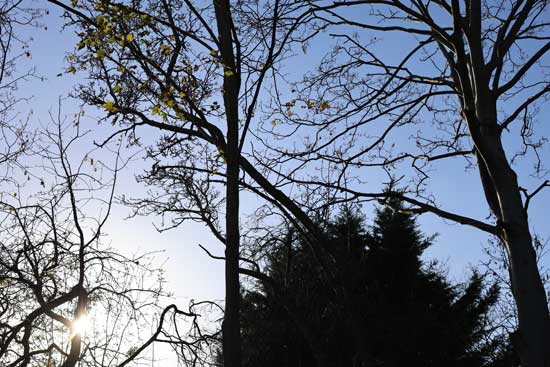
50mm
Vignetting
When shooting JPEGs, with the lens set to its maximum aperture of f/2.8, there is some obvious light fall-off in the corners, requiring you to stop down by at least 2 f-stops to prevent it.
There's also a large amount of vignetting evident in the RAW files, though, but thankfully the Canon EOS R8 camera automatically and successfully applies corrections to the JPEG files, resulting in an acceptable out-of-camera image.
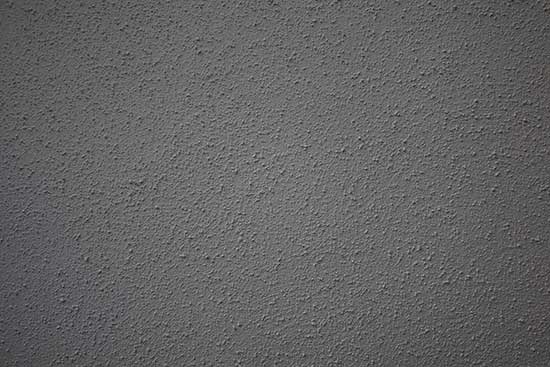
24mm - JPEG

24mm - RAW

50mm - JPEG

50mm - RAW
Distortion
You cannot actually turn off distortion correction in an EOS R camera body when this lens is used - the menu option is actually greyed out and unavailable - which perhaps gives you a good idea of just how much correction the camera is applying!
Still, distortion is well controlled in the resulting images, so arguably the combination of camera and lens are doing a good job.

24mm - JPEG

24mm - RAW

50mm - JPEG

50mm - RAW
Sunstars and Flare
The Canon RF 24-50mm F4.5-6.3 IS STM is capable of creating fairly nice sunstars when stopped-down to f/22/32, as shown below, although it is quite prone to flare when shooting directly into the sun.


Macro
The Canon RF 24-50mm F4.5-6.3 IS STM offers a useful minimum focusing distance of 30cm / 11.8", with a maximum magnification of 0.19x available when the focal length is set to 50mm (0.11x at 24mm).






Bokeh
Bokeh is a word used for the out-of-focus areas of a photograph, and is usually described in qualitative terms, such as smooth / creamy / harsh etc.
In the RF 24-50mm F4.5-6.3 IS STM lens, Canon have employed an iris diaphragm with 7 rounded blades, which has resulted in quite nice bokeh in our view for such a slow lens.
We do realise, however, that bokeh evaluation is subjective, so we've included lots of examples below for your perusal.







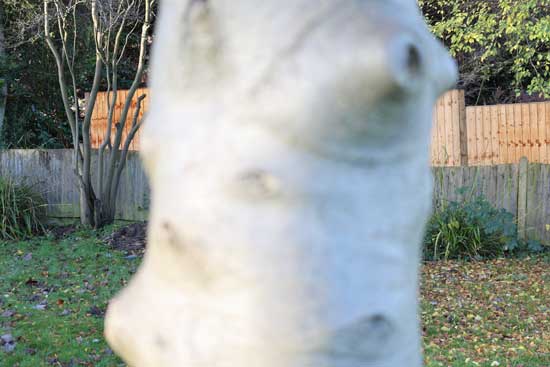


Sharpness
In order to show you how sharp the Canon RF 24-50mm F4.5-6.3 IS STM lens is, we are providing 100% crops on the following pages.
